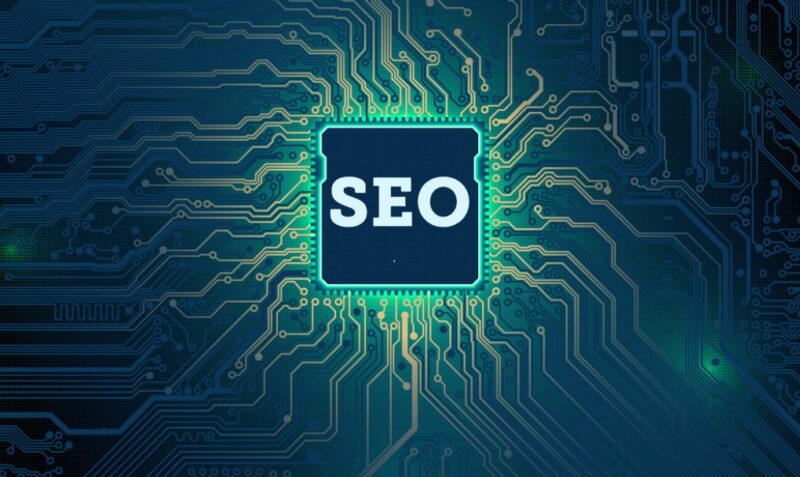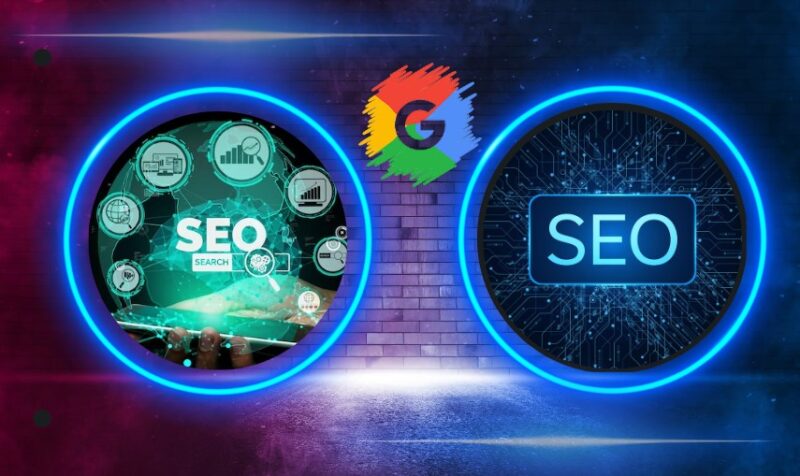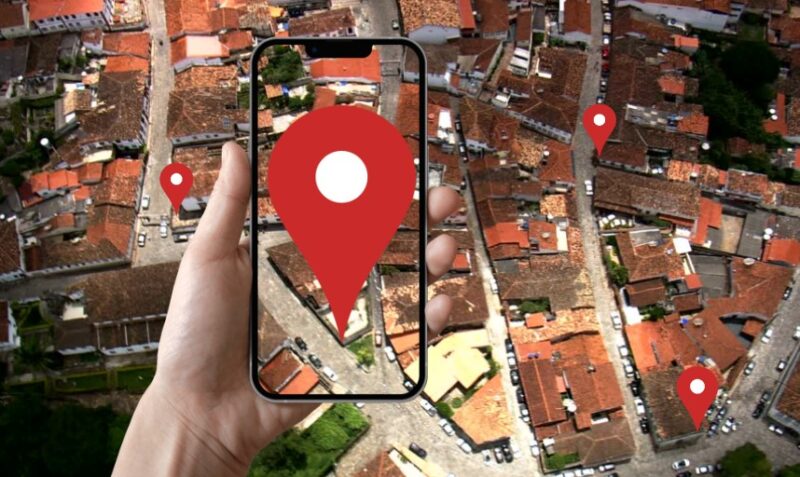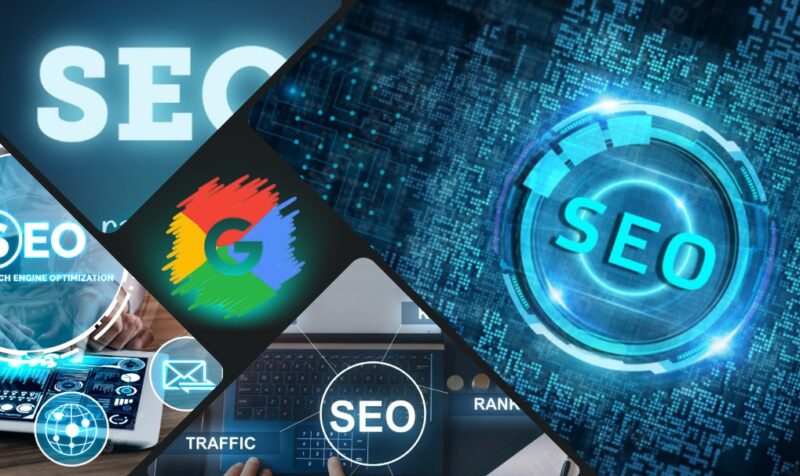As a professional blogger, I have witnessed firsthand how the COVID-19 pandemic reshaped the world of SEO. The outbreak brought about significant changes in user behavior, search trends, and content preferences, presenting both challenges and opportunities for digital marketers like me.
In this article, I will delve into the transformative impact of COVID-19 on SEO practices and explore the strategies I adopted to adapt and thrive in these unprecedented times. From understanding the shifting needs of my audience to implementing technical SEO optimizations and leveraging social media engagement, I navigated the complexities of the pandemic with the goal of maintaining a strong online presence while providing valuable information to my readers.
Shift in User Behavior

The onset of the COVID-19 pandemic brought about a seismic shift in user behavior on the internet.
With lockdowns and restrictions confining people to their homes, online activities surged to new heights. I observed a sharp increase in search queries related to COVID-19, health, safety measures, and remote work, among other pandemic-driven topics.
Moreover, with the rise of mobile-first indexing by Google, the behavior of users accessing content via mobile devices has become a significant factor in SEO. Ensuring that my blog is optimized for mobile users has been a key part of my strategy to maintain relevance and meet the needs of my audience.
Content Strategy and Keyword Research

Navigating SEO during the COVID-19 pandemic required a meticulous approach to content strategy and keyword research. I recognized the importance of crafting relevant and timely content that resonated with the altered user intent. This involved identifying pandemic-specific keywords and trending topics to understand the pulse of my audience better.
- By leveraging long-tail keywords related to COVID-19, health, and safety, I could address niche queries and provide in-depth information on critical subjects.
- I monitored search trends regularly to stay up-to-date with emerging topics and user interests.
- Adapting my content to meet the evolving needs of readers enabled me to maintain visibility and relevance in search results.
- Emphasizing quality and informative content was key to not only driving traffic to my blog but also establishing myself as a reliable source of information during the pandemic.
Staying proactive in keyword research and content strategy allowed me to remain agile in the face of the pandemic’s dynamic impact on search trends.
E-A-T (Expertise, Authoritativeness, Trustworthiness)

Creating and sharing informative videos related to the pandemic and other relevant topics has been a part of my strategy to engage my audience and enhance my blog’s visibility.
Alongside this, Google’s emphasis on E-A-T (Expertise, Authoritativeness, Trustworthiness) has become more pronounced than ever before.
To meet Google’s standards and gain user trust, I have focused on producing high-quality, well-researched, and accurate content, whether in text or video format.
- Citing reputable sources and seeking expert opinions when discussing health-related matters ensured that my blog presented reliable information to readers.
- Transparency about my qualifications and background as a blogger further bolstered my authority.
- Moreover, I actively engaged with my audience, responding to their questions and concerns promptly.
As the digital landscape continues to evolve, maintaining a strong foundation of E-A-T remains essential in elevating my SEO efforts and fostering lasting connections with my audience.
Local SEO and Google My Business

Local SEO and Google My Business (GMB) played a pivotal role in maintaining my blog’s online visibility. Adapting to changes in consumer behavior, I prioritized optimizing local SEO strategies.
Updating my Google My Business listing with accurate and timely information became a priority.
- Included details such as adjusted business hours, services offered, and safety measures implemented during the pandemic.
- Ensuring that my audience had access to up-to-date information helped build trust and credibility, which contributed to improved local search rankings.
Engaging with customers through GMB reviews and responses was equally crucial.
- Addressing feedback, inquiries, and concerns in a timely and empathetic manner demonstrated my commitment to the community and fostered a positive online reputation.
- Leveraging the features of Google My Business, I was able to communicate any changes, promotions, or relevant content directly to local searchers.
Technical SEO Considerations
I focused on essential technical SEO considerations to maintain my blog’s performance and user experience. With online activities surging, I optimized website speed and performance by compressing images, leveraging browser caching, and optimizing code. This improved load times and user experience, positively impacting search engine rankings.
Mobile-friendliness and responsive design were vital as more users accessed content on mobile devices during the pandemic. Implementing a mobile-first approach ensured my blog displayed seamlessly on various screen sizes, catering to a broader audience.
Additionally, I used structured data markup (schema) to communicate critical information effectively to search engines, such as COVID-19 announcements and safety measures. This enhanced the understanding of my content, potentially leading to featured snippets and enriched search results.
Backlink Strategy and Outreach

In response to COVID-19 news and trends, I adjusted my backlinking approach to focus on creating valuable and relevant content. By offering insights, data, and expert opinions related to the pandemic, I positioned my blog as a trustworthy source of information for other websites seeking authoritative references.
Engaging in outreach efforts also played a key role in obtaining backlinks. I actively sought collaboration opportunities with reputable websites, influencers, and organizations within my niche. Building partnerships allowed me to reach a wider audience and increase the credibility of my blog.
Social Media and Engagement
I used social media platforms to share updates, articles, and relevant content related to the pandemic, keeping my audience informed and engaged. Addressing their questions, concerns, and comments in a prompt and empathetic manner further strengthened the bond with my followers.
Additionally, social media served as an avenue for promoting my blog posts and encouraging shares and interactions. By curating engaging content, I nurtured a loyal community that not only amplified my reach but also provided valuable feedback.
Monitoring and Analytics

Regularly tracking SEO performance allowed me to gauge the effectiveness of my content and identify opportunities for improvement. Analyzing key metrics, such as organic traffic, bounce rates, and user engagement, provided valuable insights into the impact of COVID-19 on my blog’s visibility and user experience.
These data-driven insights enabled me to stay agile and make necessary adjustments to my content and marketing efforts. For instance, by identifying specific pandemic-related topics that resonated with my audience, I could create more targeted content that catered to their evolving needs.
Adapting to Post-COVID-19 Scenario
One of the key strategies I implemented was leveraging the insights gained from monitoring and analytics during the pandemic. Understanding how user behavior and search trends evolved allowed me to identify emerging opportunities and tailor my content to meet the changing needs of my audience.
Additionally, I focused on building on the relationships and connections established during the pandemic. The collaborations and partnerships forged in response to COVID-19 news and trends provided a strong foundation for future growth and mutual support.
Being agile and flexible remained essential traits in the post-COVID-19 era. As the digital landscape continued to evolve, I was prepared to adapt my content, backlinking strategy, and engagement efforts to stay relevant and responsive to my audience’s preferences.
FAQ
What were the key challenges faced by bloggers in SEO during the pandemic?
Challenges included heightened competition for pandemic-related keywords, uncertainties in content planning, and balancing informative content with sensitivity.
How did social media engagement contribute to bloggers’ success during the pandemic?
Engaging with the audience, sharing informative content, and building a loyal community on social media increased blog visibility.
What insights did bloggers gain from monitoring analytics, shaping future SEO efforts?
Analytics provided valuable data on user behavior, popular topics, and keyword performance, guiding future SEO and content planning.
Conclusion
The COVID-19 pandemic presented a unique set of challenges and opportunities in the world of SEO for professional bloggers like me. From navigating shifts in user behavior to adapting content strategies and keyword research, I remained proactive in responding to the evolving digital landscape.
As the world enters a post-COVID-19 era, the lessons learned during the pandemic will continue to shape my long-term SEO strategy. I remain committed to staying agile and embracing new opportunities, confident that the experiences of the pandemic have fortified my resilience and determination as a professional blogger in the ever-changing digital landscape.
